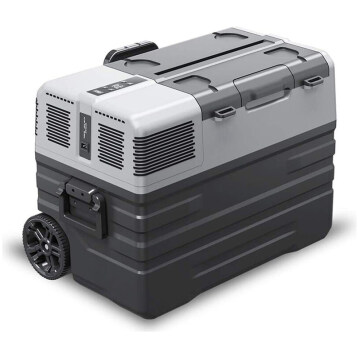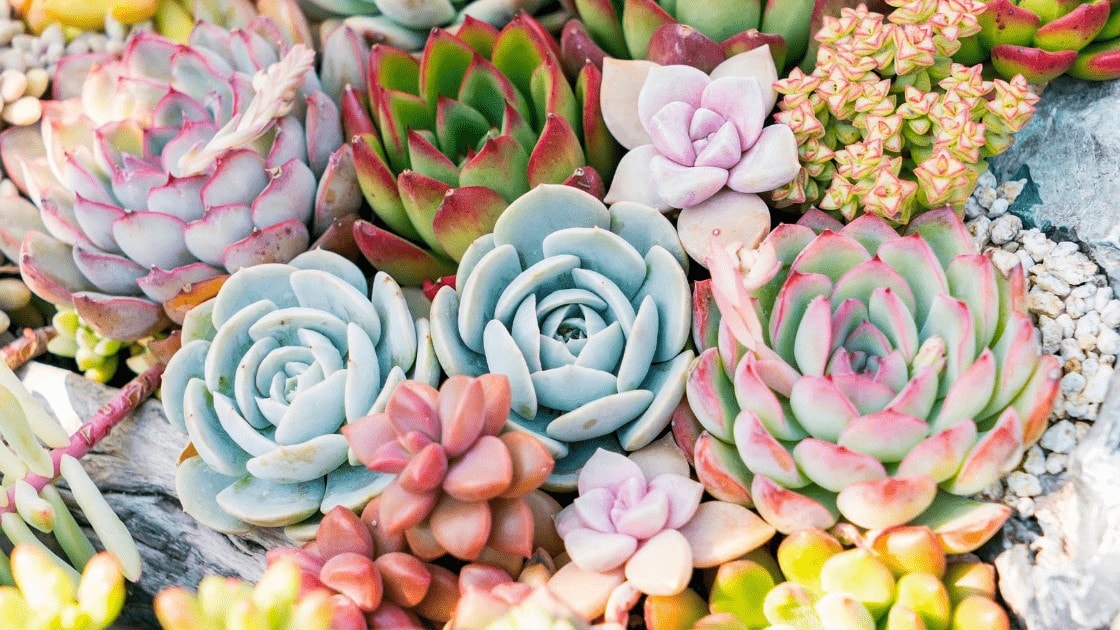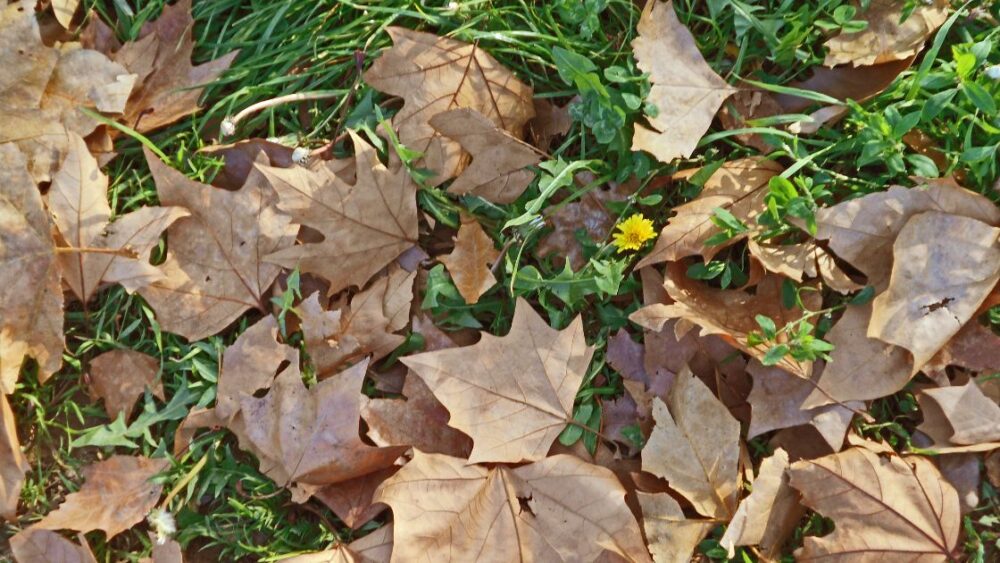
Sycamore trees (Platanus spp.) grow in the plant hardiness zones 6 through 10 of the United States Department of Agriculture, where they grow as a large, deciduous shade trees. As fall approaches, its plate-like leaves cover the ground. In most cases, lawns and grass areas can do just fine, but when there is an excess of uncut sycamore leaves it can potentially harm grass by smothering new growth and can cause other issues. In this article, we will discuss the benefits of mulching sycamore leaves and what issues they can cause.
What are sycamore leaves?
The leaves of sycamore trees have three or five serrated lobed lobes and are light green in color. A prominent vein runs from the point of the lobed leaf to the base. A leaf’s diameter ranges from 4″ to 7″ (10-17 cm).
In the fall, sycamore leaves turn yellow and brown. To improve soil quality, these leaves are recycled to make compost. The leaves of Sycamore are also known to have numerous health benefits.
Browse our Affiliate Products
Are too Many Sycamore Leaves Bad for a Lawn?
In a natural way, sycamore tree leaves make excellent compost and can heal soil quickly.
Even though sycamore leaves are safe to use for the lawn and have many benefits, adding too many will not benefit it. Yet a problem with sycamore leaves is their size and volume. It can take 18-24 months for Sycamore leaves to decay, and they are low in nitrogen and calcium, which can cause them to leach nitrogen out of the soil before returning it. A shredder or mower can be used to quickly chop up sycamore leaves before composting, allowing them to decompose faster.
In addition, studies suggest that sycamore leaves possess allelopathic properties. It is, therefore, bad for a lawn to have too many sycamore leaves. For the purposes of management, they should be raked up once a week to prevent an accumulation. Also, when raking, it is advised to read a dust mask and protective eyewear since the leaves themselves produce particulates that can irritate sinuses and create itchy eyes. From experience, the dust dried sycamore leaves create can be overwhelming.
For more information on lawn care, check out this article:
- What Can Possibly Happen if you don’t Cut Your Grass?
- The Benefits of Using Lawn Mower Mulching Blades
- How to Find a Walk Behind Mower that’s Right for you
When Does Sycamore Trees Normally Drop Their Leaves
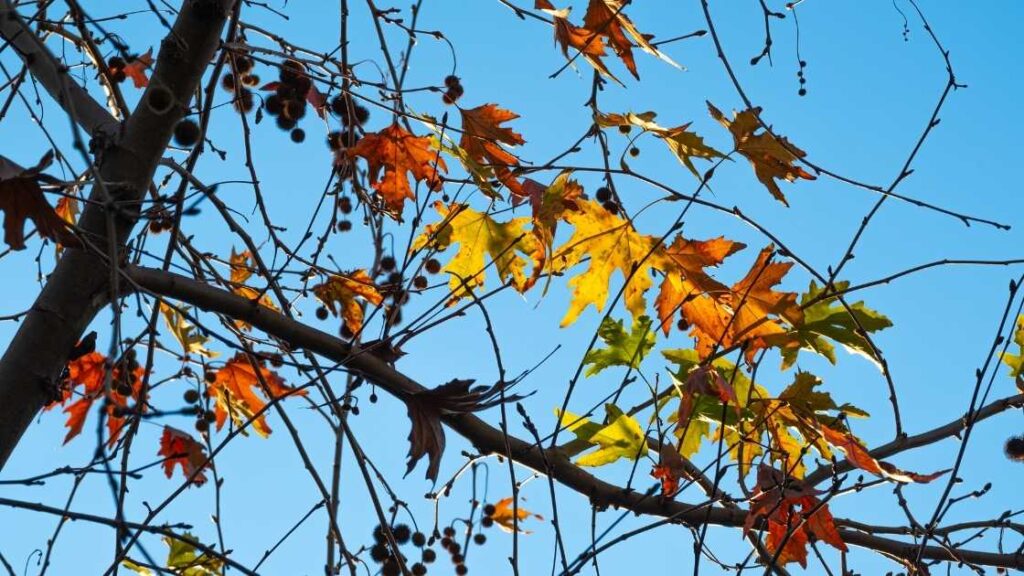
The sycamore tree is known for losing its leaves throughout the entire winter season and not fully losing them until the new leaves come out the next spring.
They drop their large leaves slowly in the winter, not in the fall.
The leaves don’t fall in a hurry like most other trees do when they begin to fall. Rather than dropping leaves over a short period of time, sycamore trees drop their leaves over several months and possibly as long as February and if no maintenance is performed, these leaves can completely cover a lawns and surrounding areas.
While they are great shade trees, there are some things to consider before planting. for more information on this type of tree, check out this article:
Should you Rake or Mow Over Sycamore Leaves?
Sycamore leaves are great for composting, but when left on the lawn, they smother the grass and cause fungus and insects to thrive. The recommendation is, therefore, to do something about it. The best mulching mowers chop leaves into small pieces for easy disposal.
Rake up the leaves in autumn and add them to a compost pile for mulch the following year.
Keeping your lawn or garden healthy requires raking or mowing over sycamore leaves. Otherwise, you may cause your lawn or garden to suffer. For example, your yard cannot absorb air, nutrients, and sunlight if it is covered with thick leaves. If air, water, sunlight, and nutrients cannot reach the lawn’s root system, diseases may develop, flooding may occur, and pests may thrive.
Check out our affiliates below:
Other Uses for Racked Sycamore Leave
As we discussed above, raking or mowing sycamore leaves accelerates their decomposition and makes the plants more able to absorb and recycle nutrients. There are also some other uses for racked sycamore leaves.
Raking leaves offer many benefits, both to you and your property:
- Your grass will grow faster if you rake leaves. Some cool-season grasses suffer from a lack of sunlight if they are covered in fallen leaves.
- The raking of leaves reduces the risk of trees and plants developing diseases.
- In addition to creating a neat, well-maintained property, raking leaves makes the space more accessible.
Does Sycamore Mulch Provide any Benefits for a Lawn?
The term mulch is used to describe the layer of material applied to the soil’s surface. The texture is usually coarse, and it provides a number of benefits.
It is well known that sycamore mulch will greatly benefit garden plants in many ways.
As these sycamore mulches decay,
- They add organic matter gradually to the soil,
- They reduce weeding and
- They keep the soil cool in the summer.
- They also conserve water (require less frequent irrigation).
Plants grow healthier as a result of all of these factors.
This differs from compost, an amendment to the soil that improves soil texture and offers other advantages.
- When compost is in good condition, it’s in an advanced state of decomposition and can’t be identified by its ingredients. Making mold or compost from freshly fallen leaves not only preserves the minerals in the leaves but also increases the flow of nutrients from the soil to plants.
- There is a significant amount of lignin in sycamore leaves, and its mulch is also high in lignin. A substantial amount of lignin will also serve as a source of nutrition for the bacteria that are essential to decomposition. Lignin has a direct impact on composting speed.
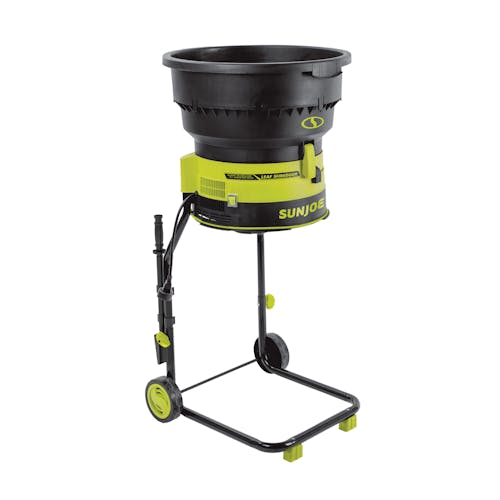 | I saw it on Snow Joe, LLC Sun Joe Electric Leaf Mulcher & Shredder W/ Debris Bag |
Does too Much Sycamore Mulch Harm Grass During the Fall
Mulch made of sycamore is used as an additive to planting beds for various reasons, including conserving soil moisture, maintaining soil temperatures, protecting roots, reducing weeds, and preventing weed trimmers and lawnmowers from damaging the trunks.
It is a routine gardening practice for many gardeners to mulch their trees and shrubs liberally, believing it is a “correct” practice.
However, a buildup of sycamore mulch can eventually reach five, six, or even more inches deep and cause severe plant damage. If you apply too much sycamore mulch in the fall, it may harm the grass. Some of the problems caused due to too much sycamore mulch are discussed below.
Too much sycamore mulch plant problems
Several plant problems can be caused by too much sycamore mulch, including:
- An excessive mulch suffocates roots by reducing oxygen levels in the soil.
- Excess mulch can sometimes be a result of roots seeking oxygen and water. A dry period causes the mulch to dry out and the roots to die.
- A thick layer of mulch piled up against tree and shrub trunks can cause decay and provide a potential entry point for diseases and insects.
- The soil may remain dry after light watering. It is only permitted to wet the mulch layer.
- Keeping root zone temperatures warm during the fall may delay the onset of dormancy.
- Because of cooler root zone temperatures, excessive mulch prevents the spring break of dormancy.
- This habitat is perfect for voles, which gnaw on bark and girdle shrub trunks and lower stems.
Conclusion
Sycamore leaves provide nutrients for a healthy lawn and garden. It is, however, necessary to shred thick leaves, such as Sycamore, before adding them to the leafmould pile since they break down more slowly. It is also possible to shred them and add them to the compost heap after shredding.
Although sycamore leaves benefit a lawn, too many are harmful. Therefore, using too much Sycamore Mulch is not recommended.

